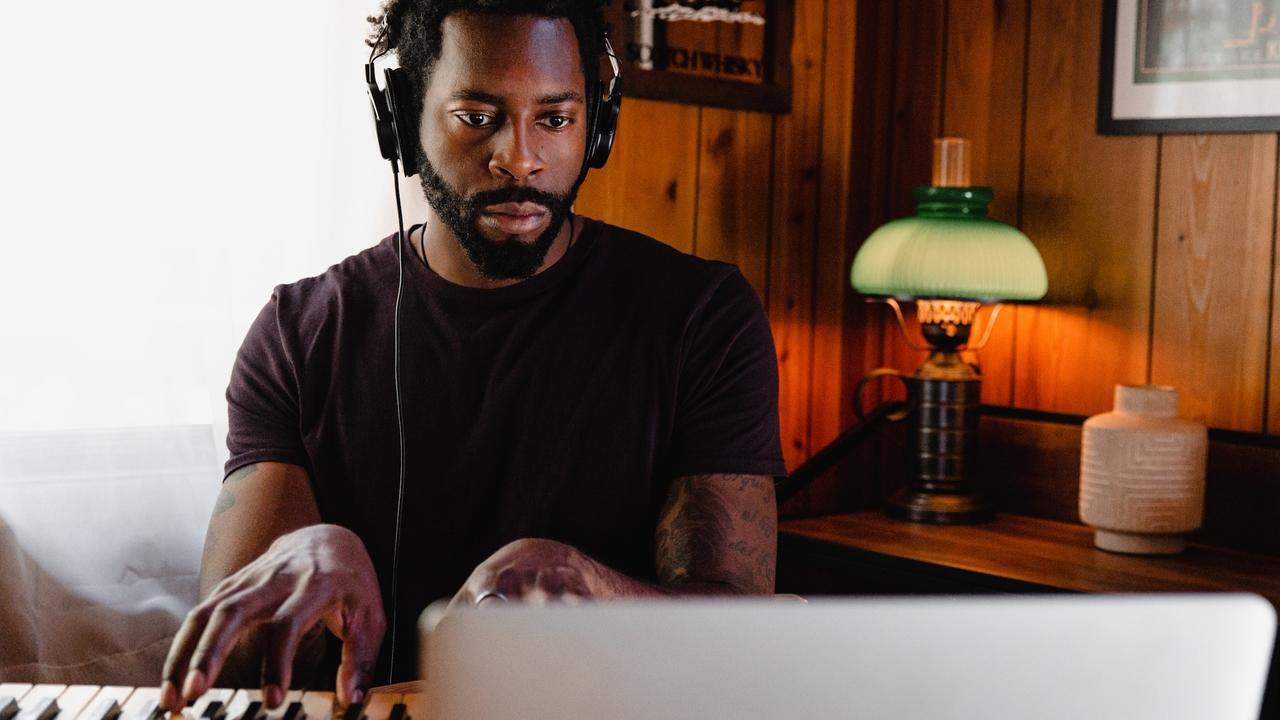The Myth of Golden Ears
Dec 03, 2020
Are the best sound engineers and producers born with better hearing, a pair of ‘Golden Ears’ as they say?
Not necessarily, but what they do have is a pair of well-trained ears. When mixing, you do need to be able to identify what you are hearing and what adjustments need to be made. The first step in doing this is knowing how to listen, but more importantly, how to hear things the way a producer or professional engineer does, using critical listening.
Learning how to listen critically is something that anyone can do.
Your ears are always on, however, you’re not always listening. We use our ears all the time, but exactly how much do we hear, and how do we hear?
Hearing is different from listening. How much of your environment are you tuning out on a daily basis? If you live in the city, do you even notice the traffic noise anymore? Sirens blaring, horns honking, garbage trucks emptying dumpsters? If you’ve lived in a noisy city long enough, my guess is that it has all become part of the background noise that your brain automatically filters out.
When you start listening, you focus your attention on the sounds you are hearing. The same as you would if you were trying to hear your friend’s conversation at a club with a loud band playing.
It doesn’t take much time to train your ears, it’s something you can do anywhere at any time, and a few minutes a day of critical listening will go a long way in helping you to really start to hear things differently.
You've already been doing this to some extent, it’s how you recognize a song within the first few notes. Even if you haven’t heard it before, you can probably tell what artist it is by the familiar sound of their music. Your ears are probably better trained than you realize because you’re using them all the time.
How do you hear a familiar voice at a party or a crowded room and know who it is, even though you can’t see the person? You recognize certain qualities in their voice. Maybe their voice is very deep or nasally, maybe it has a certain twang to it. These qualities are descriptive of the tone of their voice, and tone is one of the things critical listening trains you to identify.
Critical Listening is an indispensable skill for creating great mixes.
It allows you to hear the subtle differences in equipment, from mic-pres to microphones, between audio consoles and speakers, between various instrument pick-ups, to amplifiers. It helps you find the sweet spot for mic placement.
Critical listening helps you learn and recognize frequencies, and everything we do in audio and music production involves frequencies.
You may think it trivial, but if you are a sound engineer working with a world-class musician who wants your opinion on which pick-up or setting on their guitar tone sounds best, you’ll not only want to be able to hear the subtle differences but to also articulate what you hear...Trust me, when they ask why you like this one better than that, a simple 'uhm, it sounds better' does not inspire confidence.
If you are a musician, critical listening allows you to hear which guitar sounds better for your track, or which snare drum will fit better and not compete with the vocal. For singers, you'll be able to know exactly what you need to make your vocal pop and shine in a mix or your monitors.
If you’re doing live mixing and the band tells you they want their live show to sound just like the record. You’ll need to be able to reproduce it. Critical listening is how you do it.
Anyone can learn critical listening, and here is how you can get started right now.
Find three hit songs of the same genre from this year, three from 5 years ago, and three from 10 years ago. Commit some time to listening to these songs while doing nothing else.
What do you notice about them? What do the three from this year have in common? Is it similar production styles? Is the balance of the mixes all? Is it the types of instruments? Style of vocal?
List all of the similarities you can find, and then move on to the three songs from 5 years ago and do the same. Repeat with the three from 10 years ago.
Now go back and listen to the major differences between this year's songs and the hits from 5 and 10 years ago.
Music changes through the years along with our tastes. What makes a song a hit today will be outdated 15 years from now.
By just listening and being able to identify what you hear, you have taken the first step in learning how to listen critically and training your ears.
Having a pair of well-trained ears is the first step in being able to use EQ effectively, and EQ is one of the best tools you can use to create great-sounding mixes. You need to be able to hear what needs to be adjusted in the mix and also understand the techniques that will create the sounds you want.
When you learn how to listen critically, the world of mixing will open up to you.
Spend some time listening today.
By: Michelle Sabolchick
Get Exclusive Mixing Tips and Content That I Only Share With Email Subscribers
I hate SPAM and will never sell your information, for any reason.




